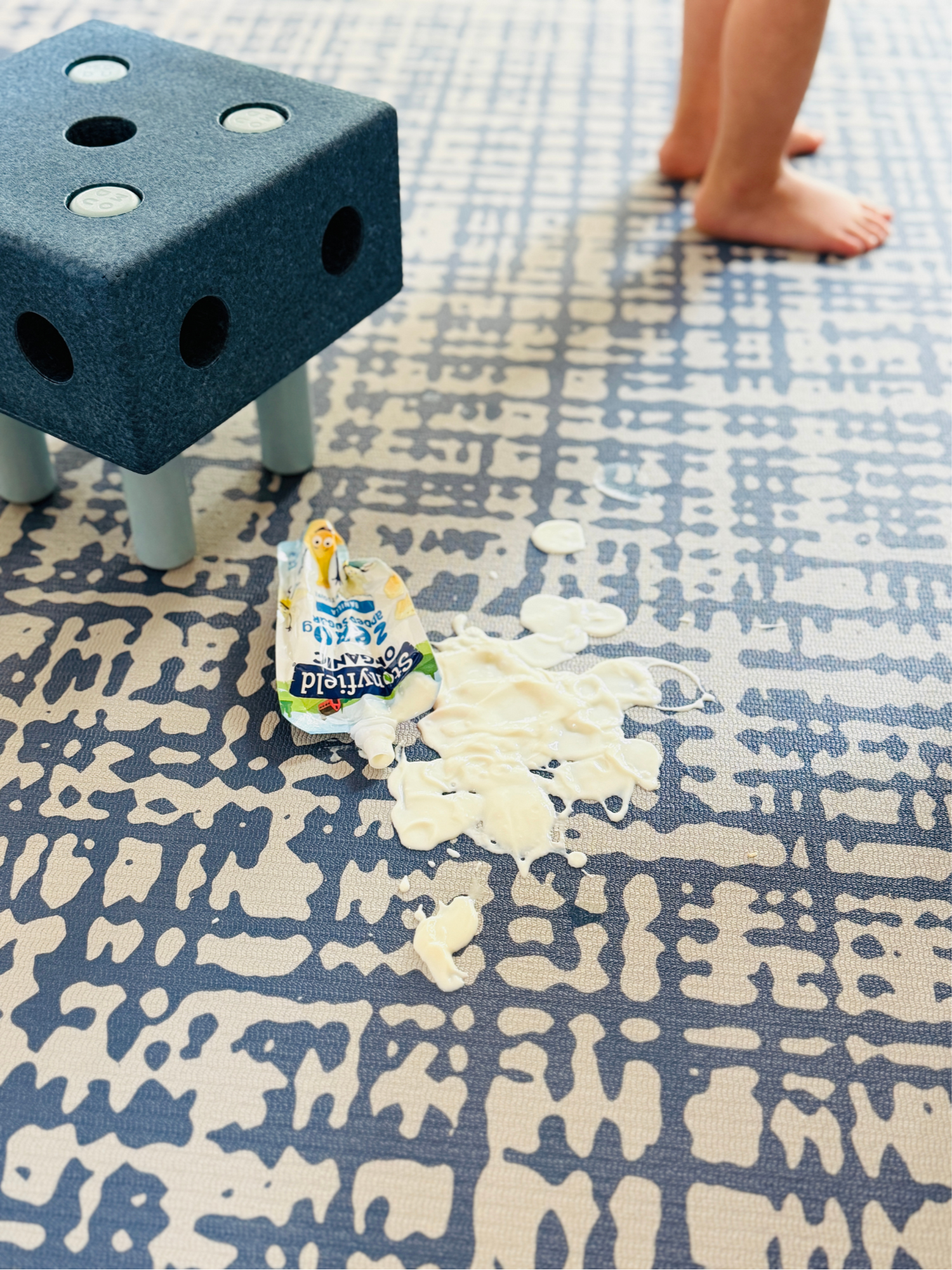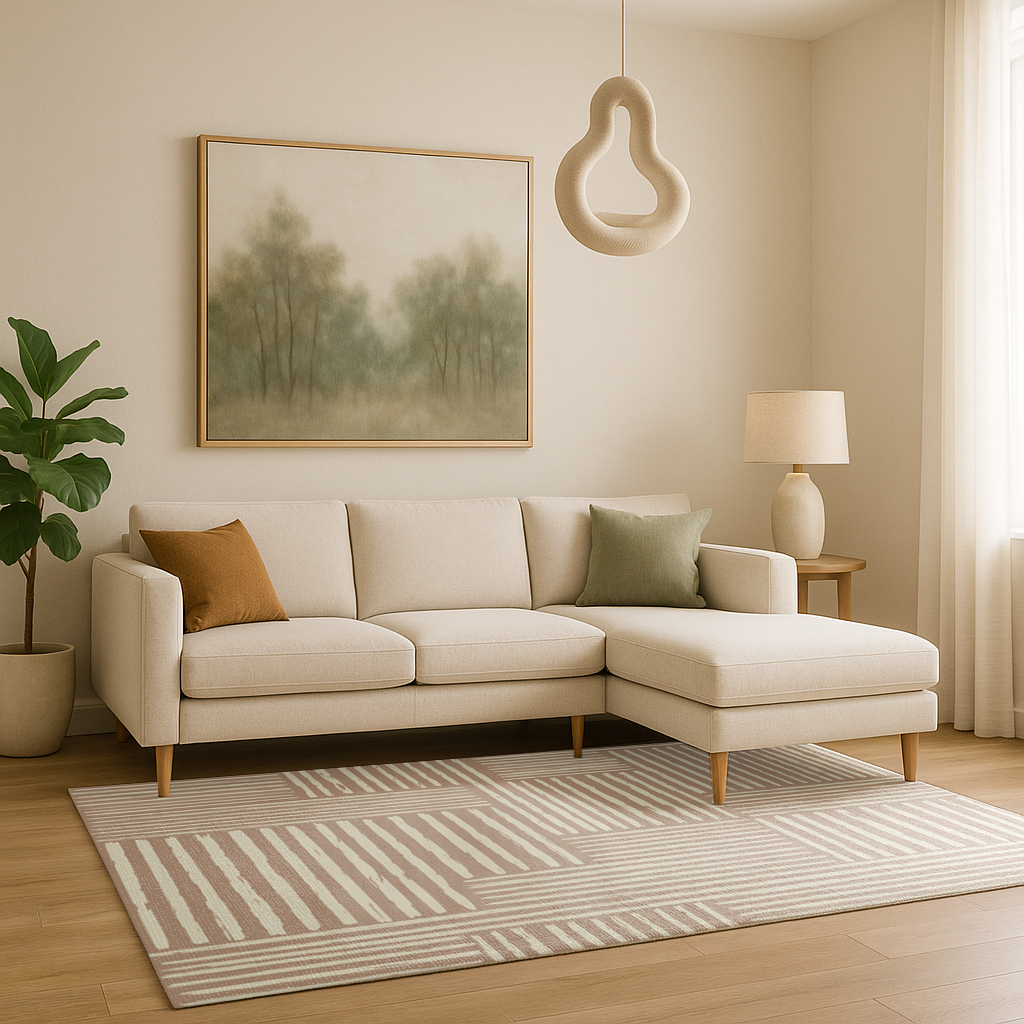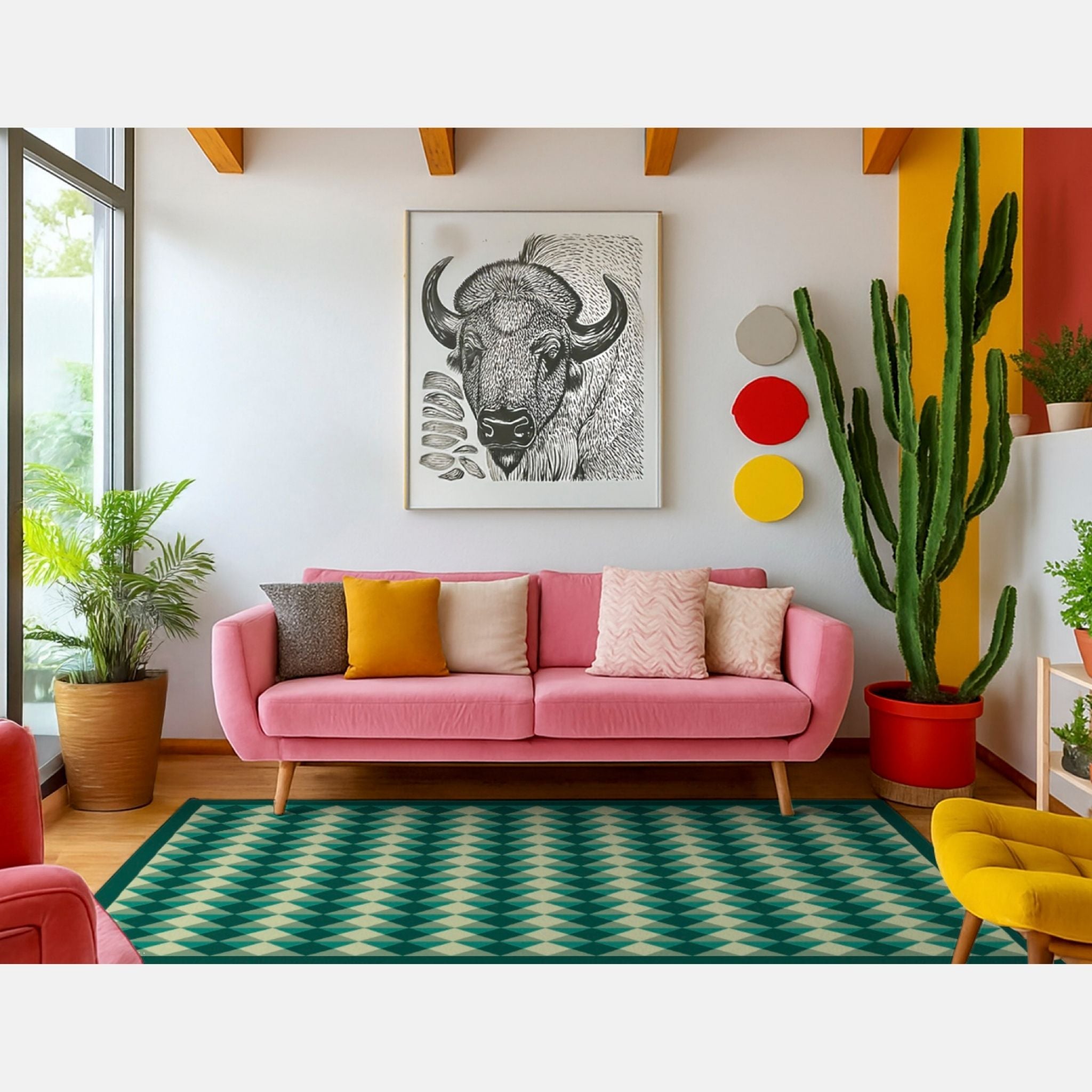An Interior Designer's Guide to The Perfect Neutral Mat For Your Home
Ask any interior designer to name one of the hardest items to source for a home with kids or an active lifestyle, and they might surprise you. It’s not the sectional or the coffee table. It’s the mat.
Specifically, a neutral mat. One that blends into the space instead of taking it over. One that works for family life but still fits the design of a well-styled home. Something that looks calm and intentional, not temporary or plastic.
For families that spend a lot of time on the floor — playing, stretching, crawling, working out — finding a mat that checks all the boxes is surprisingly difficult.
Why neutral matters in a busy home
Neutral design isn’t about being boring or bland. It’s about creating balance. When the rest of the house is full of movement, color, and activity, a neutral base helps everything feel more grounded.
That’s especially true in open-concept spaces, where a mat can sit right in the middle of the visual field. A mat in soft beige, warm gray, or a muted tone creates flow without interrupting the room. It doesn’t compete with furniture or wall color. It complements them.
This kind of visual harmony is key for homes that need to feel calm but still function well every day.
The visual challenge of most mats
The problem is that most mats don’t come in neutrals. They’re made for bold impact, bright playrooms, or high-contrast studio spaces. That may work in a gym or a kid’s corner, but it often feels out of place in a thoughtfully designed family room.
Even “washable” foam tiles or puzzle mats tend to have limited color options and visible seams that break up the look of a clean space. And many workout mats are designed with logos, prints, or textures that can distract from the overall design of a room.
In short, most mats are made to be used, not displayed. That creates tension in spaces where the mat is both functional and visible all the time.
What designers look for in a mat
Designers working in real family homes want something that blends style and utility. The ideal mat is simple, modern, and durable enough to live on the floor full time. It needs to serve multiple purposes without calling attention to itself.
Here are a few things that come up often when sourcing:
-
A muted, warm color palette
-
Seamless texture or subtle patterns
-
Cushioned feel with a smooth, cleanable surface
-
Enough size to make it useful for play or movement
-
A finish that looks intentional, not temporary
The goal is to find a piece that supports the flow of the room instead of fighting it. When it works, it becomes a grounding element in the space — a soft landing zone that looks like it belongs there.
Function should feel beautiful
At the end of the day, great design is about more than looks. It’s about how the space feels and functions. In homes with babies, toddlers, or busy adults, the floor gets used more than almost anything else. A neutral mat helps support that daily rhythm while keeping the room feeling pulled together.
Interior designers know that the best pieces are often the quiet ones. A good neutral mat may not stand out at first glance, but it transforms how a space works and feels every day.























